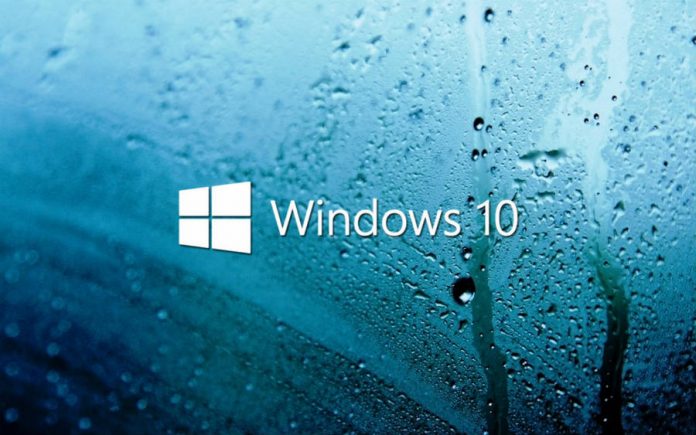
Following the news published last Wednesday by both tech giants about their ARM processor manufacturing partnership that will bring Windows 10 to Snapdragon-powered gadgets, the joint venture between Qualcomm and Microsoft (Intel included) has been regarded as a critical next step towards an entirely portable future.
Microsoft’s partnership with Qualcomm could arguably bring to the table something that their current Surface Pro 4 computer is missing, cellular connectivity. ARM processors, usually found in smartphones, could now make a much-expected debut in larger (yet still mobile) devices.
The inclusion of Windows 10 and its future apps, including everything that is to come in later iterations of the Creator’s Update, will galvanize the process of putting smartphones at the same performance level than personal computers.

The Windows 10 complete app suite makes the Continuum feature a lot more appealing
As many users have noted, Microsoft’s introduction of its entire Windows 10 app roster to ARM chipsets could mean a revamped future for their Continuum feature, which allows users to do desktop work on their Windows phones.
Continuum’s lack of apps, however, is a huge setback for a feature advertised as a new way of enhancing productivity in the workplace and daily life. Continuum makes the phone look like a PC, but it does not support yet enough work-related desktop apps such as Photoshop.
The importance of the Qualcomm-Microsoft project relies on the fact that both mobile and desktop apps have different builds, and connecting the two devices cuts the need for developers to create mobile versions of their apps.
https://www.youtube.com/watch?v=A_GlGglbu1U
Windows 10 on ARM processors means better connectivity and power efficiency
Terry Myerson, Microsoft’s Executive Vice President for the Windows and Devices Group, and the man responsible for the October keynote that first introduced the Creator’s Update, noted that a Windows-Qualcomm partnership is a huge step towards ever-connected and more power-efficient mobile PC devices.
Future Windows 10 updates, he added, will put connectivity upfront and allow users to get their data directly from the Windows Store at any time.

New devices will probably take advantage of eSIM technology, the next step in mobile network connection which solves a lot of mobile communications related problems, such as roaming.
This partnership also means a new opportunity for hardware developers to create a whole new range of mobile PCs (and smartphones) with the features mentioned above.
Microsoft could potentially change its entire technological device listing, redeeming themselves from the Windows RT project failure and breathing some new life into their not-so-best-selling line of smartphones, buried under modern Surface marketing and development.
Source: Windows










